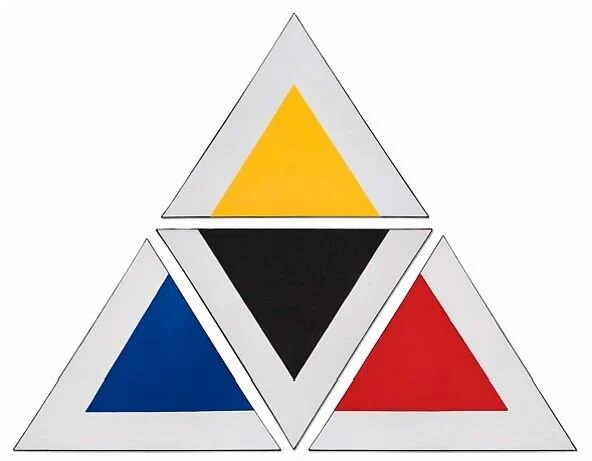ACRYLIC paint
Acrylic paint is made of color pigment and plastic polymers and can be thinned with water before it dries.
Unlike oil paint, acrylic can be applied to an unprimed, unprepared surface. Yet many artists still choose to lay down a coat of gesso, a chalky-opaque liquid mixture, as a foundation when painting on canvas, cloth or wood.
Acrylic paint was developed in the 1940s. When artists experimented with oil paint on canvas without gesso or primer, the canvas would be dissolved by the raw chemicals. Acrylic polymer paint was fast drying with no need for gesso.
As acrylics can be thinned with water or clear, shiny or matte gel medium.
One can make the paint very thin and transparent or very thick, viscous, and opaque, depending on the purpose intended, the surface and the tools to be used.
APPLICATION
Rags, brushes, pieces of plastic or cardboard can be used to apply acrylic paint.
Fast drying, it can be painted over within a few minutes.
One might work quickly or add slow-drying agents to keep the paint wet and able to be blended, if desired.
Acrylic paint, made of plastics and polymers, can be applied to un-primed paperboard, wood, cloth or canvas, although many still choose to prime the surface with gesso or a clear medium.
TECHNIQUES
One might:
- layer transparent colors to create a glazed effect
- apply, remove and reapply paint with a palette knife or rags to create a texture
- mix acrylic with other clear media, or with charcoal or pastels
- apply acrylics to untreated wood as a sketch or to untreated canvas for a stained cloth effect
Acrylic Paint
-
-
-
-
-




























